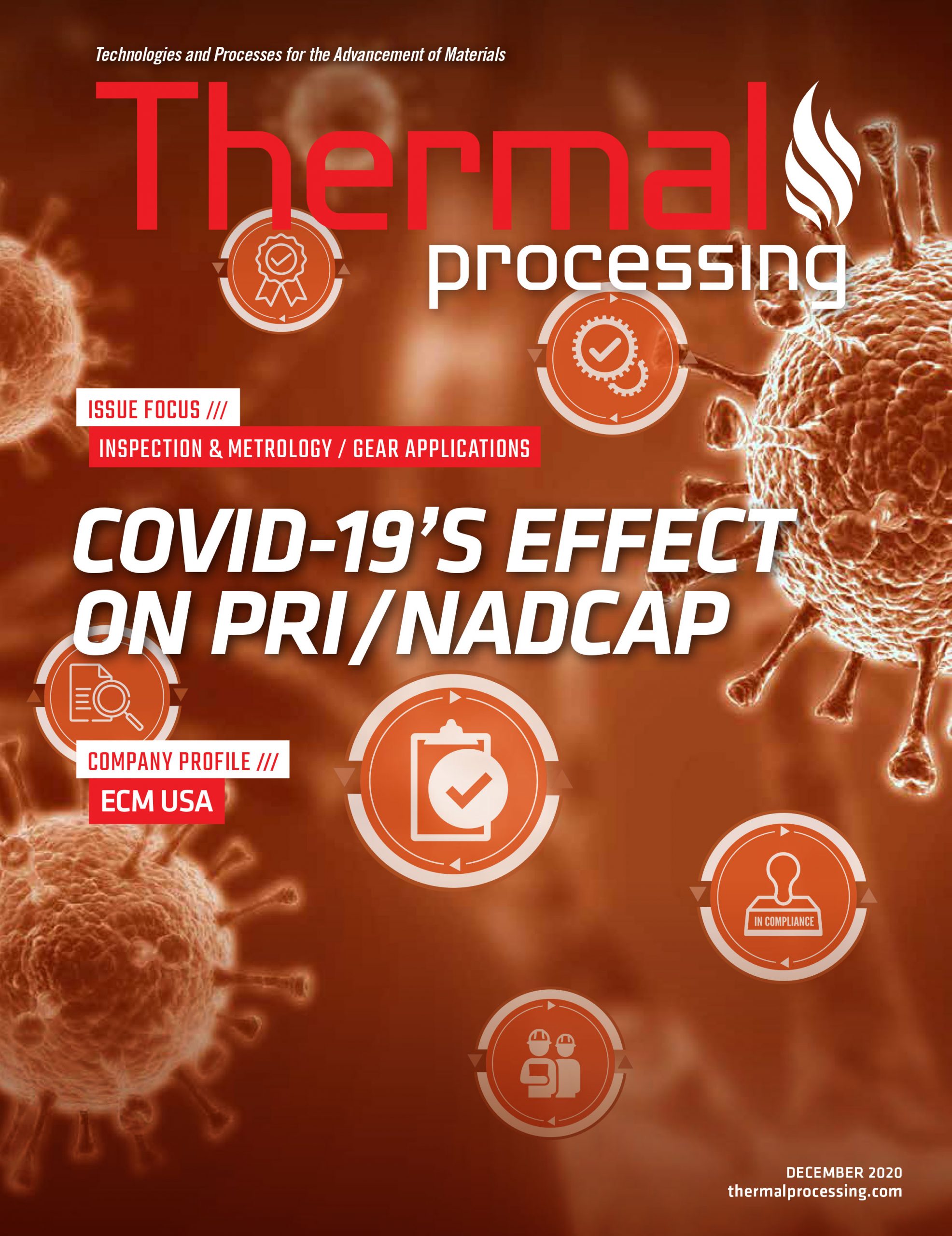What’s a typical week like for you?
I’m the technical person who works on a specific group of products on the sales side of the business. In more normal times, I would be traveling around with our U.S. and Canadian sales teams to meet with our customers and help find solutions to their needs on three primary products: LECO’s glow discharge optical emission spectrometers, automated microhardness testers, and digital microscopes. Sometimes, I would join our mobile laboratories that circle the country annually. Lately, most customer interaction has had to take place virtually. The last year has allowed for a lot of content generation for our sales team (presentations, videos, etc.)
Why is carburization important and how does bulk analysis come into play?
There are a lot of different objects in our lives that are carburized, which involves increasing the carbon content and making microstructural changes to the surfaces of materials to effectively make them more wear-resistant. Common examples of carburized parts are gears and bearings that are in your car and the threads of a screw.
A consistent and measurable carburization process makes these parts withstand the forces they encounter during use. Because of LECO’s history with carbon determination with combustion, we often have customers approach us asking for ways to measure carbon in the surface layer. Bulk glow discharge analysis is often a better way to make this measurement.
What’s the importance of the LECO GDS900 and performing that analysis? How does that the machine characterize carburized steel?
The GDS900 is a LECO optical emission spectrometer that is capable of full-elemental determination of conductive materials. The thing that’s really differentiating about the instrument is that it has this glow discharge source, which can non-thermally remove surface layers one at a time and subsequently analyze those layers. A pre-analysis period enables the data to be collected from a portion of the sample several microns from the surface. That allows us to avoid mixing carbon from the carburized materials with surface contaminants, such as oils, dust, or even a fingerprint that all can contribute to an elevated carbon content on the very near surface. These measures collectively enable a repeatable measurement of the carburized layer alone.
That’s where we’re able to make that repeatable measurement at a particular depth that we know is in the carburized layer rather than combining it with either the surface or the core material. And it’s a very particular measurement.
Why aren’t physical tests used to determine that carbon composition?
Generally, when physical tests are used to measure carburized materials, they are measuring characteristics that correlate well with changes in carbon content. I work with our micro-hardness testers, which are very commonly used to physically test carburized materials. With microhardness, one can measure how hardness changes as a function of surface depth. However, there’s no means of universally relating carbon content to that hardness because, with different materials, you’re going to have different starting carbon content and non-carbon components of the material that affect its hardness. Accordingly, we can’t just take a hardness value and say that equals this percentage of carbon. The glow discharge spectrometer fills in that question.
What makes the GDS900 unique with this type of analysis?
The unique part really is the Grimm glow discharge source. The GDS900 is an optical emission spectrometer, and there are many instruments that also operate under that same general principle of removing surface material, exciting it, and subsequently analyzing the emission spectrum.
But what’s different here is that we have a really stable source that’s removing that layer-by-layer, which enables us to characterize a more specific part of the sample. Other competitive sources offer physically fluctuating plasmas that anchor to a part of a sample and sublime and melt a surface rather than eroding a layer at a time. On top of that, the GDS900 has an automatic self-cleaning mechanism at the end that really limits the amount of moment-to-moment maintenance and cleaning that’s required. Those are the underlying differences that make it uniquely able to achieve this analysis in ways that competitive equipment does not. On other glow discharge instruments from LECO, this source also enables the determination and plotting of full elemental composition as a function of surface depth.
What types of practical situations would this process be used?
With the bulk analysis method for carburized layers, we’re seeing a lot of penetration into commercial heat treaters and the rail industry specifically. But what we’ve also been able to observe very positively is that it’s not just new users saying, “Oh, I’d like to do that in my laboratory.” We also have current GDS users who already have been analyzing steel conventionally, and they’ve been able to add this method without any new costs.
MORE INFO www.leco.com




































